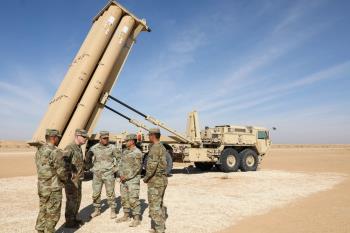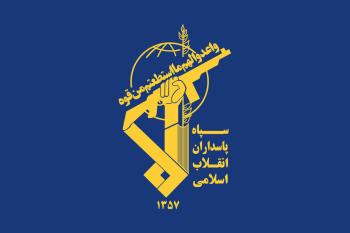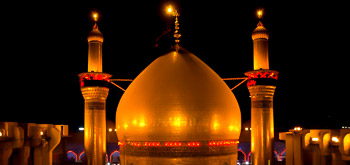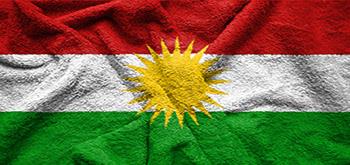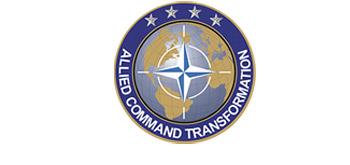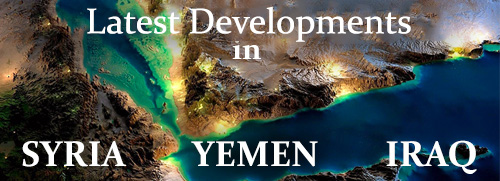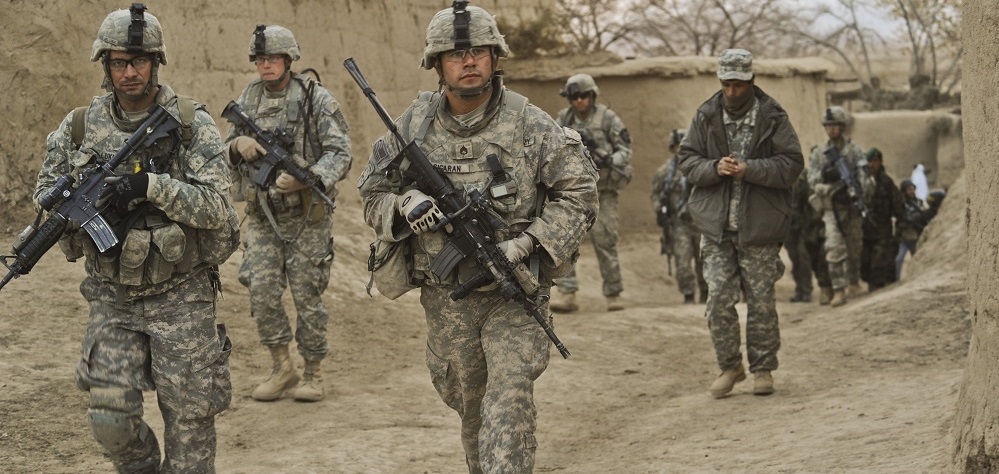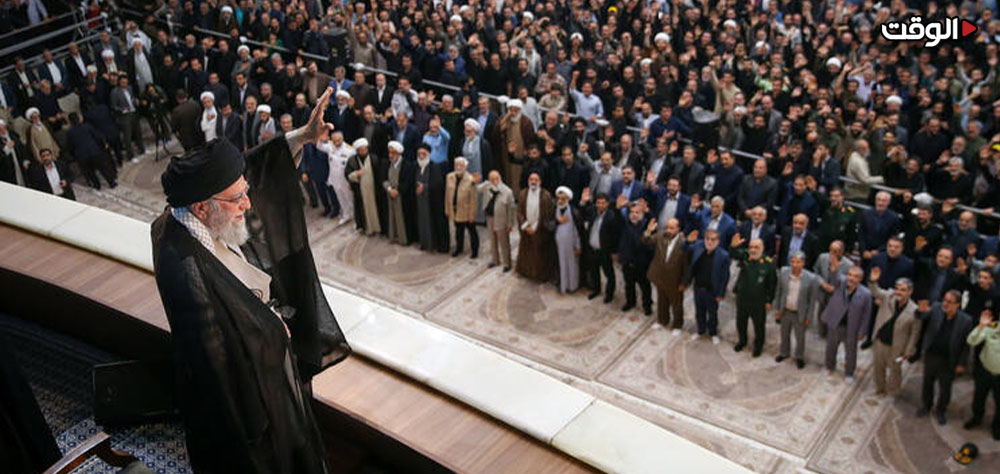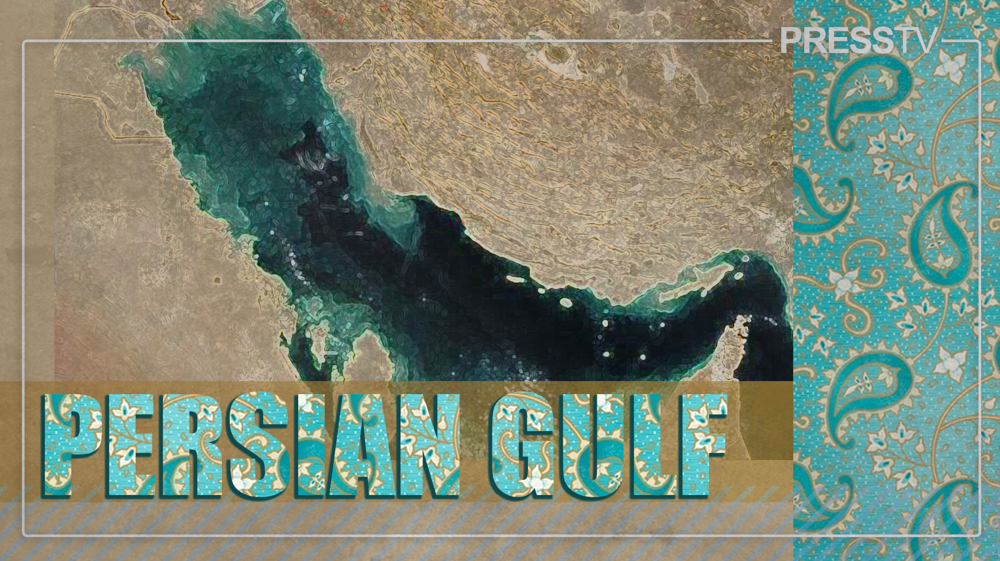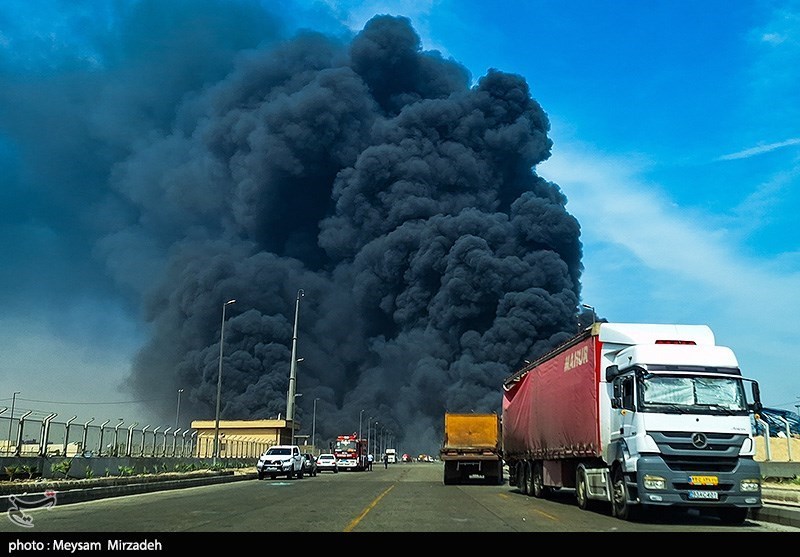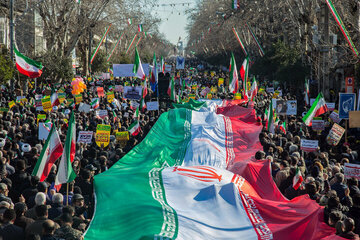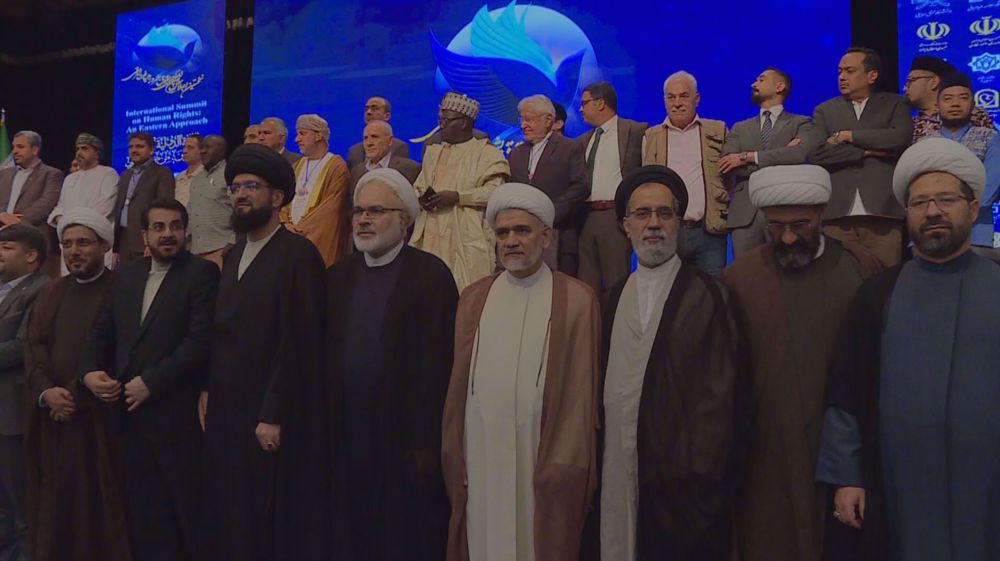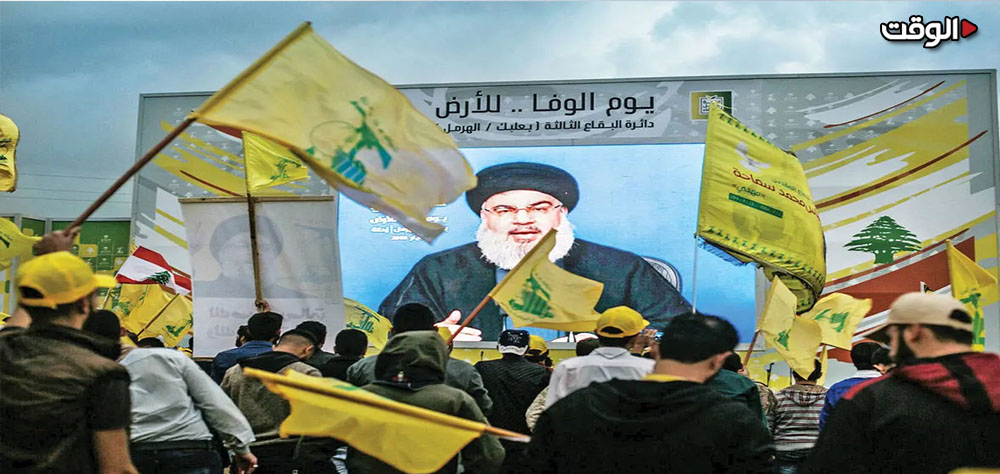Alwaght- In the last days of administration of the former President Barack Obama, the United States was in a real confusion on how it could draw up a clear and stable policy in Afghanistan. The same bewilderment appears to be still existing now inside the new administration, baring Washington from adopting a consistent strategy in dealing with the country’s developments. The most significant factor in rise of such a situation is the ongoing debate surrounding the increase of the American forces in the war-torn country.
When the new President Donald Trump took the office early this year, the Congress and the army built up their pressures on him as they asked the president to finalize his strategy in Afghanistan as soon as possible.
While the American leader is yet far from deciding what he wants to do next in Afghanistan as a stable course of action, the commander of the American and NATO forces in Afghanistan General John W. Nicholson earlier made suggestion to the Senate Armed Services Committee, saying that the US needed to send additional 5,000 soldiers to Afghanistan mission.
The top American military official in Afghanistan claimed that if no more forces are sent to the Afghan territories, Kabul will likely face sharpened terrorist threats, and the coalition forces see their security achievements of all the past years gone.
As the General Nicholson made the suggestion for troops increase, the head of the Senate Armed Services Committee Senator John McCain severely criticized the prolonged process of preparation of the new White House policy in Afghanistan.
Sources following the case in the Department of the Defense have noted that the Pentagon is studying the plans to send about 3,000 more troops to Afghanistan, though the president still remains undecided about his Afghanistan policy steps.
The US Secretary of Defense General James Mattis and the top national security advisor H.R McMaster in past few weeks made visits to Afghanistan. The reports suggested that the top officials visited Afghanistan to make an assessment of the country’s security conditions as they discussed the situation with their commanders and the Afghan officials. The discussions meant to decide how the war against terrorism went on, to help the White House get a clear picture, something contributing to Washington's overhaul of policy in Afghanistan.
The top foreign commanders serving in Afghanistan have insisted that force increase was unavoidable as the security conditions have set to worsen because Taliban militants began their rejuvenated spring-time assaults.
But Kabul officials have declined to show support for such an approach to their country. The Afghan national security advisor Hanif Atmar during a visit to Brussels for participation in NATO meeting told the officials of the military organization that Afghanistan did not need further NATO and American forces on its soil. He instead suggested that the coalition provides the Afghan national army with air cover in its operations against the militants of Taliban and other terrorist groups across the country.
This insistence by the Afghan official makes it clear that Afghanistan's national unity government does not see additional foreign forces deployment as the means helping the country get out of worrisome circumstances currently stressing the nation. As a support for its opposition to the idea, the government can refer to the past years in which the US-led alliance stationed over 150,000 combat forces in Afghanistan but failed to checkmate radical militants in the country.
Furthermore, the fresh plans of the US to send new forces to the Afghan territories is in stark contrast with the White House's past announced program which says the foreign forces should be withdrawn until 2014 gradually as the mission is coming to an end. Announcing intentions to send 3,000 new troops to Afghanistan amid uncertainty of the Trump’s Afghanistan strategy is coming while the analysts argue that this pathway is not likely to be helpful to boost the declining security situation across Afghanistan.
They even hold the concerns that any force increase will lead to further violence by Taliban. On the other hand, this decision will possibly challenge the already-stagnant peace process in Afghanistan since Taliban stipulates that foreign forces exit is the first precondition to sit on the negotiating table with the Kabul government.
The Afghan government expects a foreign contribution to reliance on the national Afghan forces for security provision through commitment to promises for equipment and training supply, instead of West deploying new forces.

